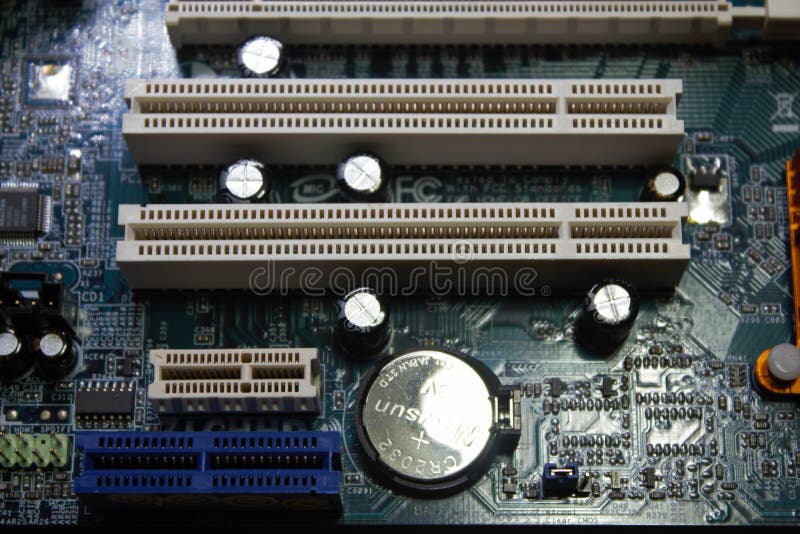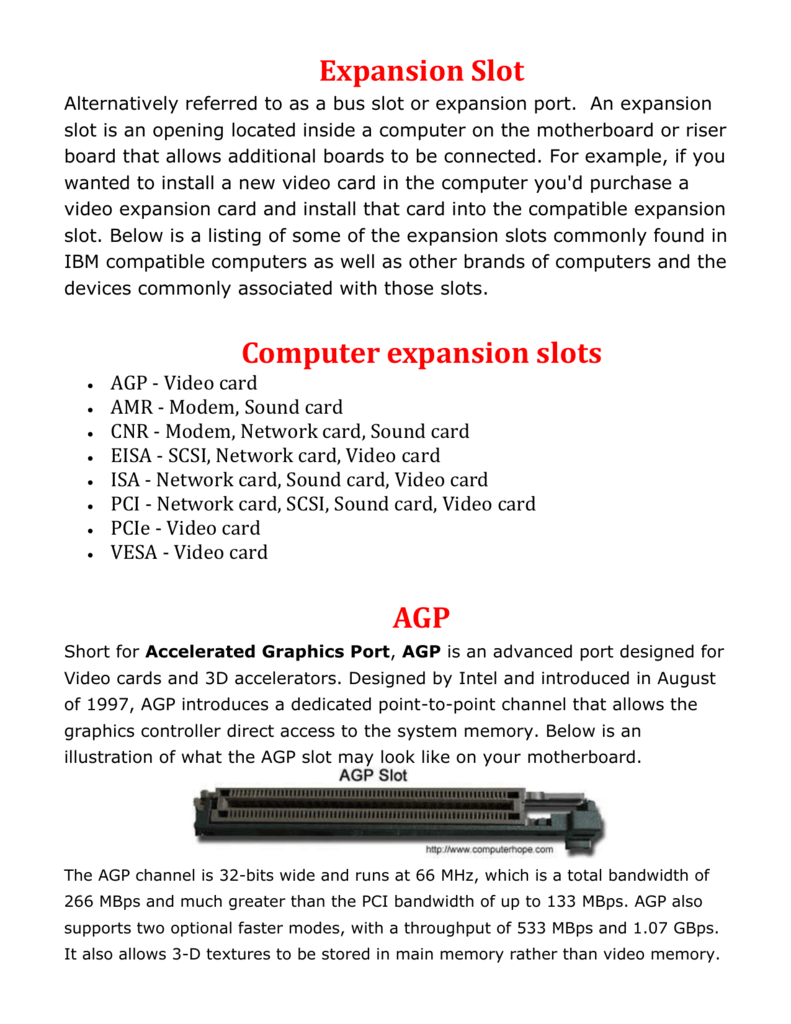Bus Slots In Computer
What is Computer Bus: The electrically conducting path along which data is transmitted inside any digital electronic device. A Computer bus consists of a set of parallel conductors, which may be conventional wires, copper tracks on a PRINTED CIRCUIT BOARD, or microscopic aluminum trails on the surface of a silicon chip. Each wire carries just one bit, so the number of wires determines the largest data WORD the bus can transmit: a bus with eight wires can carry only 8-bit data words, and hence defines the device as an 8-bit device.
The Computer Bus is a communication link used in a computer system to send the data, addresses, control signals and power to various components in a computer system. The computer buses are used to connect the various hardware components that are part of the computer system. In simple words, the computer buses are electrical wires which. Posted filed under CompTIA A+, MICROSOFT MTA O/S. Alternatively referred to as a bus slot or expansion port, an expansion slot is connection or port located inside a computer on the motherboard or riser board that allows a computer hardware expansion card to be connected.
We found this card worthwhile during our 1-week stay. One caveat: they have a limited number of reserved slots at Van Gogh. We had to make separate reservations/pay for admission. Transportation on trams, buses, metro, as well as admission to multiple museums, canal tour made it.
A computer bus normally has a single word memorycircuit called a LATCH attached to either end, which briefly stores the word being transmitted and ensures that each bit has settled to its intended state before its value is transmitted.
The Computer bus helps the various parts of the PC communicate. If there was no bus, you would have an unwieldy number of wires connecting every part to every other part. It would be like having separate wiring for every light bulb and socket in your house.
We’ll be covering the following topics in this tutorial:
Types of Computer Bus
There are a variety of buses found inside the computer.
Data Bus: The data bus allows data to travel back and forth between the microprocessor (CPU) and memory (RAM).


Address Bus: The address bus carries information about the location of data in memory.
Control Bus: The control bus carries the control signals that make sure everything is flowing smoothly from place to place.

Expansion Bus: If your computer has expansion slots, there’s an expansion bus. Messages and information pass between your computer and the add-in boards you plug in over the expansion bus.
Although this is a bit confusing, these different buses are sometimes together called simply “the bus.” A user can think of the computer’s “bus” as one unit made up of three parts: data, address, and control, even though the three electrical pathways do not run along each other (and therefore don’t really form a single “unit”) within the computer.
Slots On My Computer
There are different sizes, or widths of data buses found in computers today. A data bus’ width is measured by the number of bits that can travel on it at once. The speed at which its bus can transmit words, that is, its bus BANDWIDTH, crucially determines the speed of any digital device. One way to make a bus faster is to increase its width;
for example a 16-bit bus can transmit two 8-bit words at once, ‘side-by-side’, and so carries 8-bit data twice as fast as an 8-bit bus can. A computer’s CPU will typically contain several buses, often of differing widths, that connect its various subunits. It is common for modern CPUs to use on-chip buses that are wider than the bus they use to communicate with external devices such as memory, and the speed difference between on- and off-chip operations must then be bridged by keeping a reservoir of temporary data in a CACHE. For example many of the Pentium class of processors use 256 bits for their fastest on-chip buses, but only 64 bits for external links.
An 8-bit bus carries data along 8 parallel lines. A 16-bit bus, also called ISA (Industry Standard Architecture), carries data along 16 lines. A 32-bit bus, classified as EISA (Enhanced Industry Standard Architecture) or MCA (Micro Channel Architecture), can carry data along 32 lines.
The speed at which buses conduct signals is measured in megahertz (Mhz). Typical PCs today run at speeds between 20 and 65Mhz. Also see CPU, Expansion Card, Memory, Motherboard, RAM, ROM, and System Unit.

How Does Computer Bus Work?
A bus transfers electrical signals from one place to another. An actual bus appears as an endless amount of etched copper circuits on the motherboard’s surface. The bus is connected to the CPU through the Bus Interface Unit.

Data travels between the CPU and memory along the data bus. The location (address) of that data is carried along the address bus. A clock signal which keeps everything in synch travels along the control bus.
The clock acts like a traffic light for all the PC’s components; the “green light” goes on with each clock tick. A PC’s clock can “tick” anywhere from 20 to 65 million times per second, which makes it seem like a computer is really fast. But since each task (such as saving a file) is made up of several programmed instructions, and each of those instructions takes several clock cycles to carry out, a person sometimes has to sit and wait for the computer to catch up.